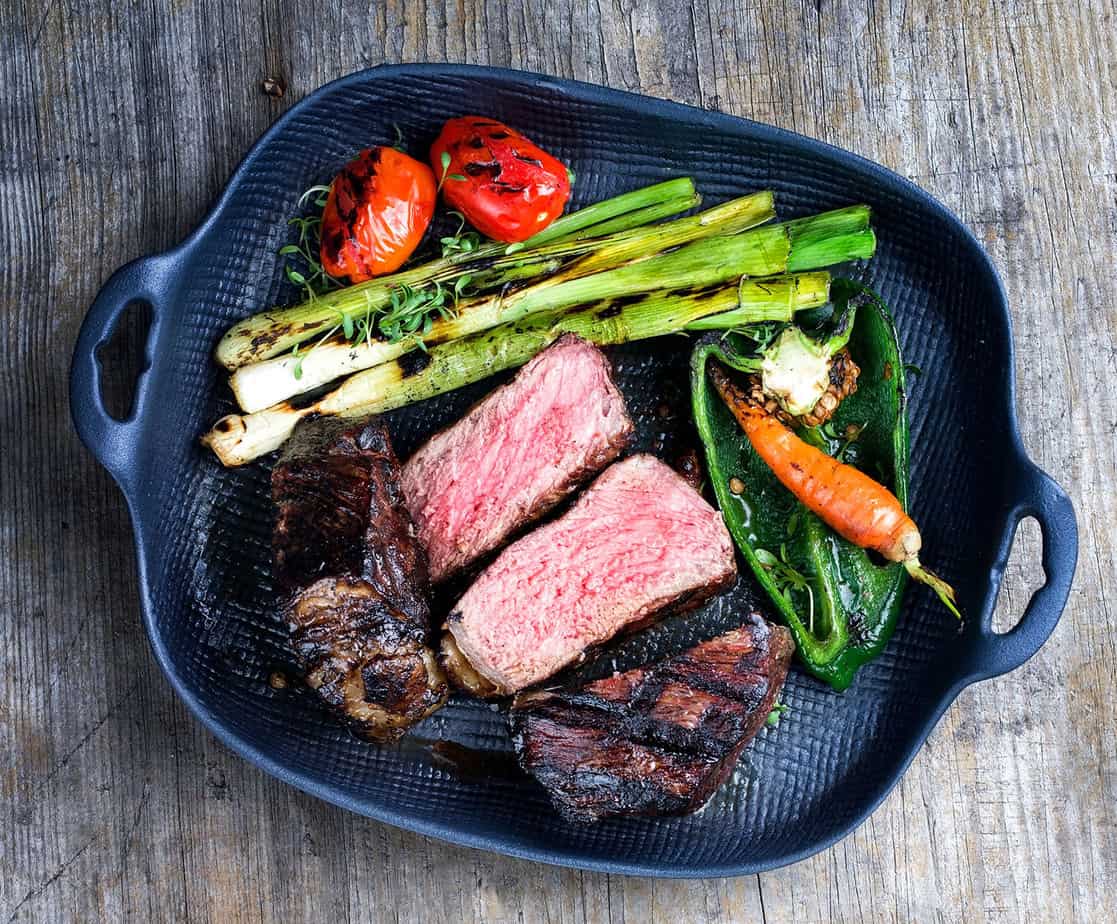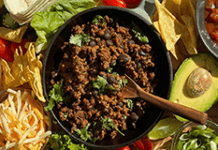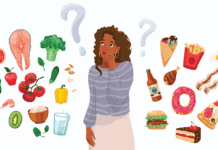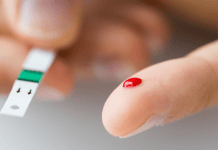
Iron is an essential nutrient, playing a key role at all ages and life stages:
- Mineral best known for its critical role in transporting oxygen throughout the body
- Necessary for over 200 essential enzymes in the body to function including DNA synthesis[i],[ii]
- Helps cells use energy
- Facilitates growth and brain development
Sources of iron
Dietary iron has two main forms: heme and non-heme. The richest sources of heme iron are animal-based foods such as red meat (beef, lamb and pork) to a lesser extent fish and poultry. Heme iron is 10 to 15 times more easily absorbed than non-heme iron.[iii] Plant-based sources of non-heme iron include pulses and legumes (such as beans, peas, and lentils), dark green leafy vegetables (such as spinach, cabbage, and broccoli), tofu, nuts and seeds, and fortified grain products.
Heme iron can increase the absorption of non-heme iron referred to as the ‘meat factor’ phenomenon.[iv] Therefore, to improve iron status it can be beneficial to eat, for example, beef alongside green leafy vegetables.
Unless a person is iron deficient and the cause is known, healthy people do not usually need to take iron supplements. Iron supplements tend to be hard on the stomach so should be taken with food and under the advisement of a health care provider to ensure the proper dose. Excess supplemental iron can accumulate in the body and cause illness and can also interfere with zinc absorption.
Common causes of iron deficiency
Iron deficiency and iron-deficiency anemia may be caused by inadequate intake of dietary iron, consumption of poorly available forms of iron, or diminished iron absorption due to dietary inhibitors. Increased demands for iron because of growth, menstrual losses, or pregnancy may also be factors.
Pregnancy: During pregnancy, your body needs more iron especially during the 2nd and 3rd trimesters.[v] Iron deficiency during pregnancy increases the risk of maternal and infant mortality, premature birth, and low birthweight.[vi] The median intake of dietary iron by pregnant women was approximately 15 mg/day, which is less than the Estimated Average Requirement (EAR) of 22 mg/day.[vii]
Preterm or low birthweight: Infants born preterm or with low birthweight or whose mothers have iron deficiency—are at risk of iron deficiency because of their high iron requirements due to their rapid growth. Full-term infants usually have sufficient iron stores; however, full-term infants have a risk of becoming iron deficient at 6 to 9 months unless they obtain adequate amounts of solid foods that are rich in bioavailable iron, like beef.
Poor iron absorption: This could be due to not eating enough iron-rich foods, eating foods that can hinder the way your body absorbs this essential mineral – for example, phytates which are found in the outer coating of nuts, legumes, seeds and grains, as well as in soy[viii] and polyphenols found in black tea, herbal teas, coffee and wine also interfere with iron absorption – an untreated digestive issue such as celiac disease, colitis, Crohn’s disease, or taking large amounts of antacids.
Heavy menstrual bleeding: Women of reproductive age who have menorrhagia, or abnormally heavy bleeding during menstruation, are at increased risk of iron deficiency.
Too-vigorous workouts: If you are training extra-hard-for a half-marathon, you can lose small amounts of iron through sweat and urine. Running can also cause minor GI bleeds (that the runner may not even notice) simply because the body is being jostled and shaken.[ix] Another factor is foot strike – literally, red blood cells bursting in the feet when they hit the ground.[x]
Frequent blood donations: Canada Blood Services screens donors for low iron levels and turns down anyone whose levels are below a certain amount. Blood donation causes a temporary drop in hemoglobin, but your body makes new red blood cells to replace those lost. It’s a good idea to eat iron-rich foods for a few days after donation, and space out your donations if your levels are in the low-normal range.
Stages of iron depletion and deficiency
The amount of iron stored in the body is directly related to the amount of ferritin in the blood. Iron deficiency is typically defined in stages of increasing severity – iron store depletion, mild iron deficiency without anemia, and iron-deficiency anemia.
The prevalence of anemia was generally low in the Canadian population (4%), although depleted iron stores were detected in 9% of women aged 20 to 49, and 13% of females aged 12 to 19.[xi] In the 2015 Canadian Community Health Survey—Nutrition, 12% to 18% of females aged 14 to 50 had inadequate intake of dietary iron.[xii]
Adequate dietary iron intakes were not always associated with adequate body iron reserves, suggesting that the iron bioavailability in food may be a determining factor influencing iron nutritional status.[xiii]
Signs of iron deficiency
The symptoms of iron deficiency can be vague. In mild cases, you might not notice any symptoms at all.
- Pale skin
- Feel tired
- Lack of energy
- Not being able to carry out daily activities the way you used to
- More susceptible to infections
- Diminished exercise or work capacity
- Headaches
- Cold hands and feet
- Restless leg syndrome – pins and needles feeling
- Heart palpitations
- Thinning and loss of hair
- Anxiety
- Strange cravings like ice
- Brain fog
- Swollen tongue
- Shortness of breath
- Brittle nails
- Irritability
- Increased incidence of preterm deliveries and low birthweight infants/adverse pregnancy outcomes
- Developmental delays resulting in irreversible cognitive deficits in young children





